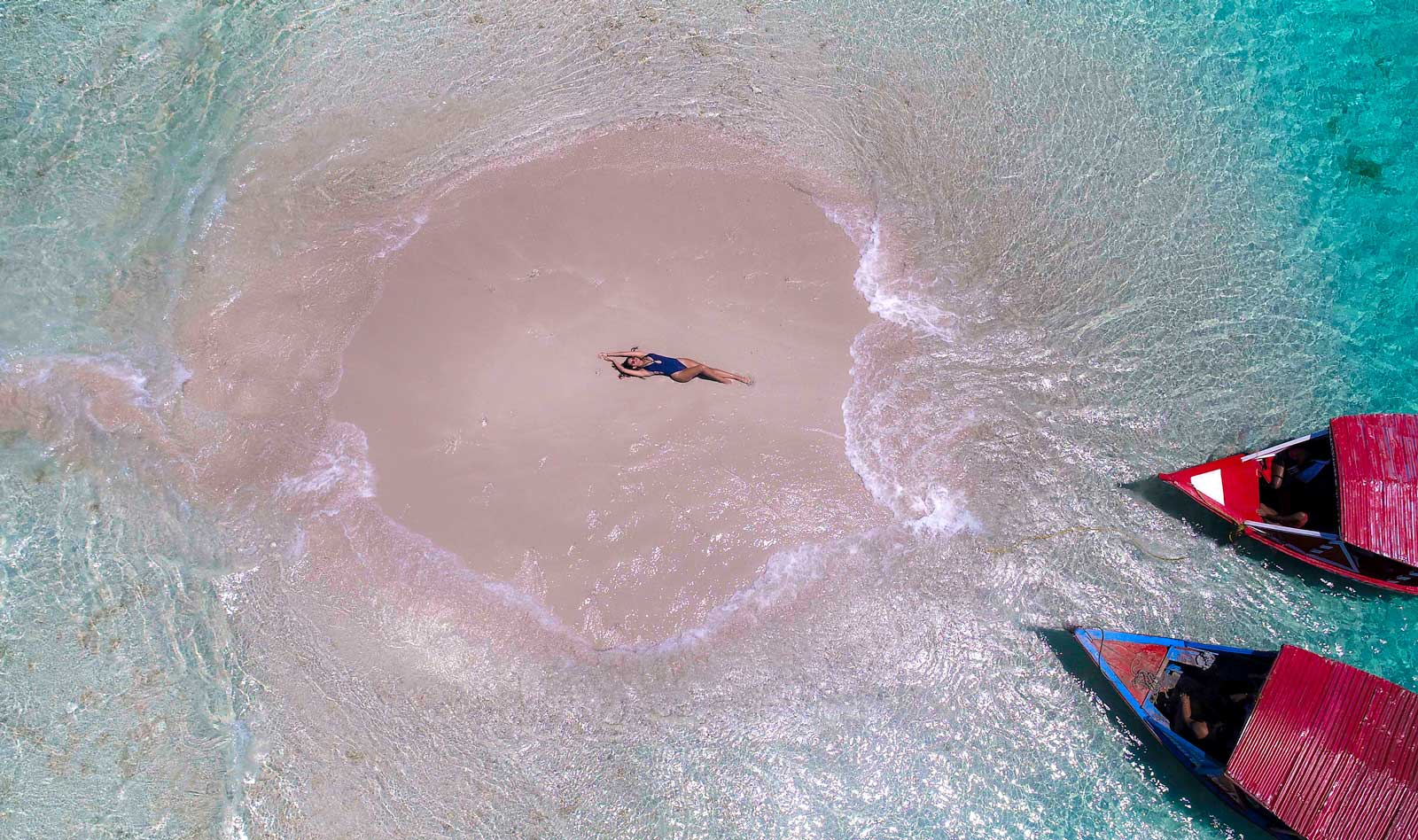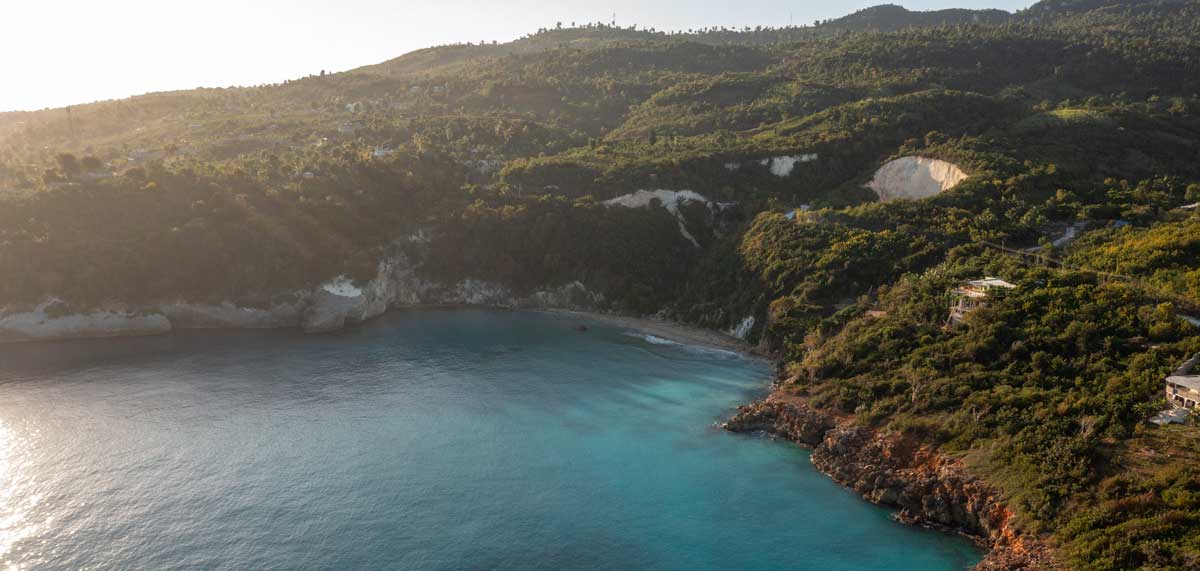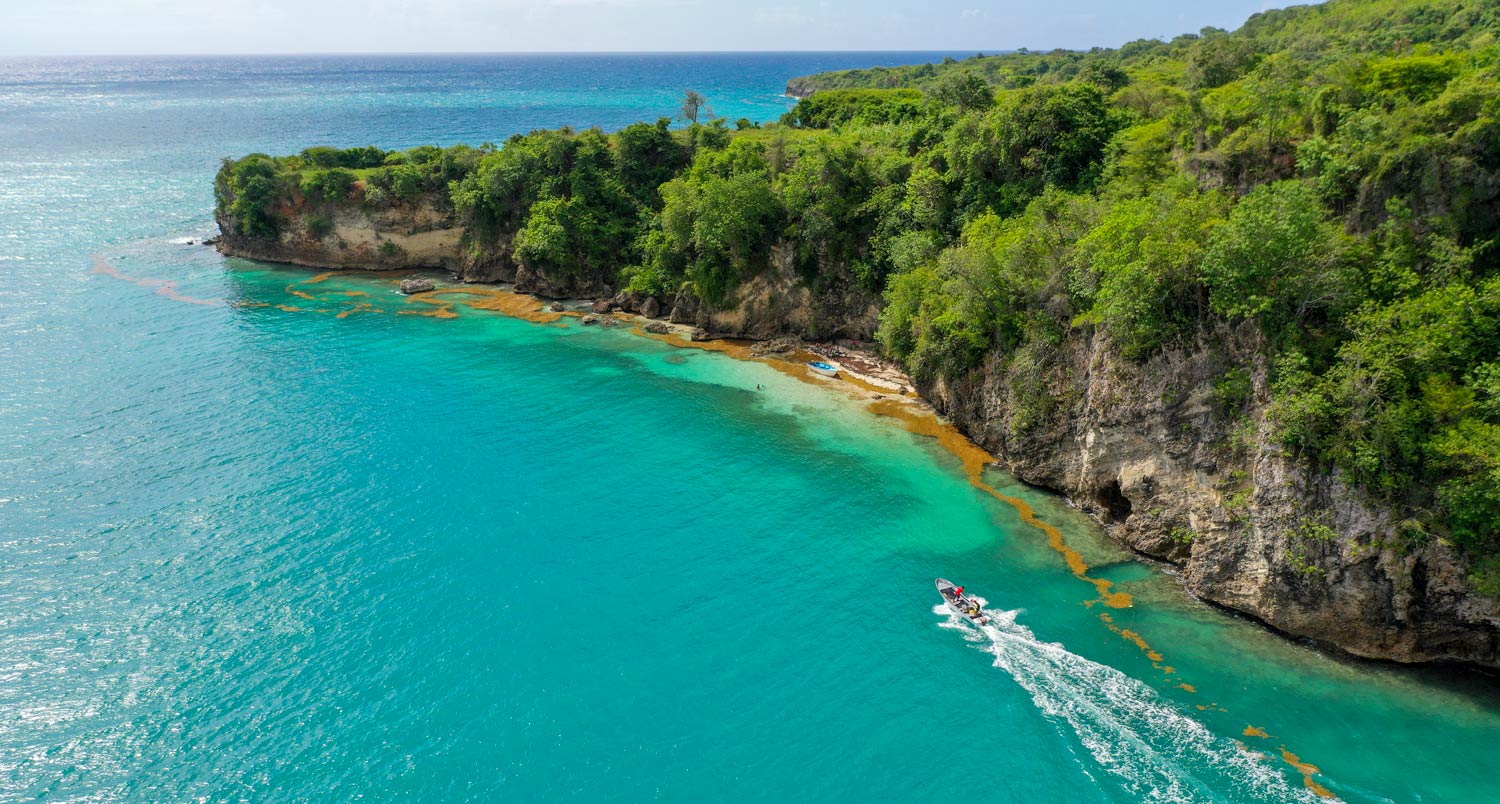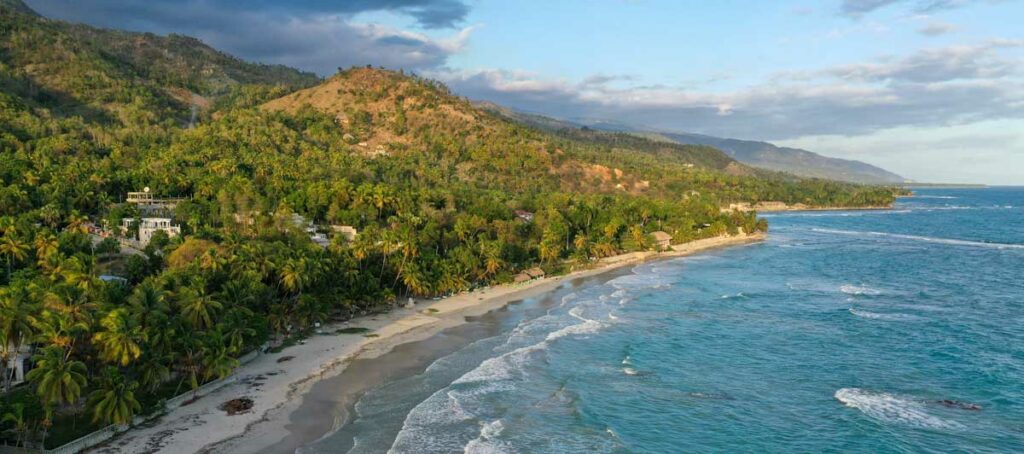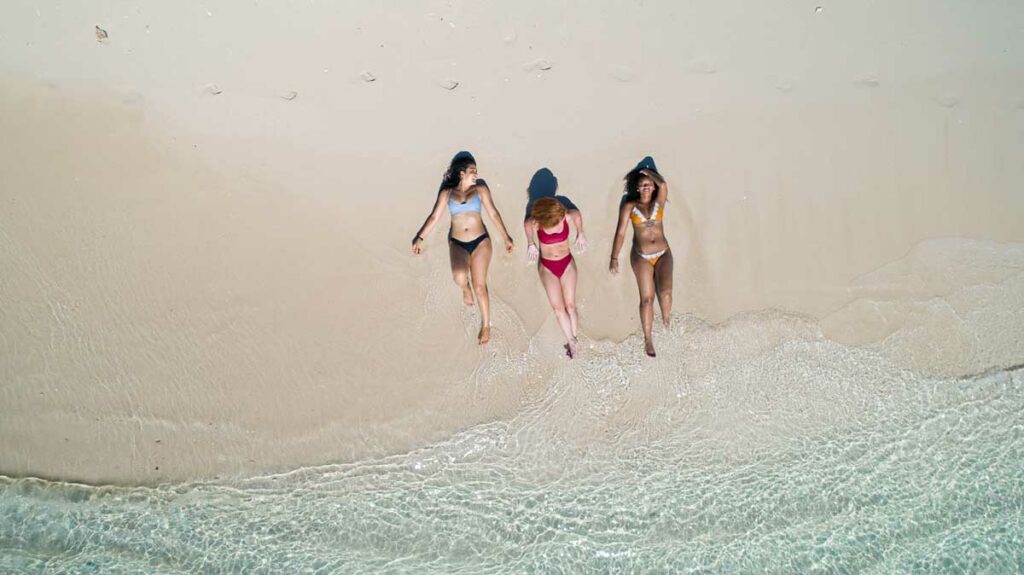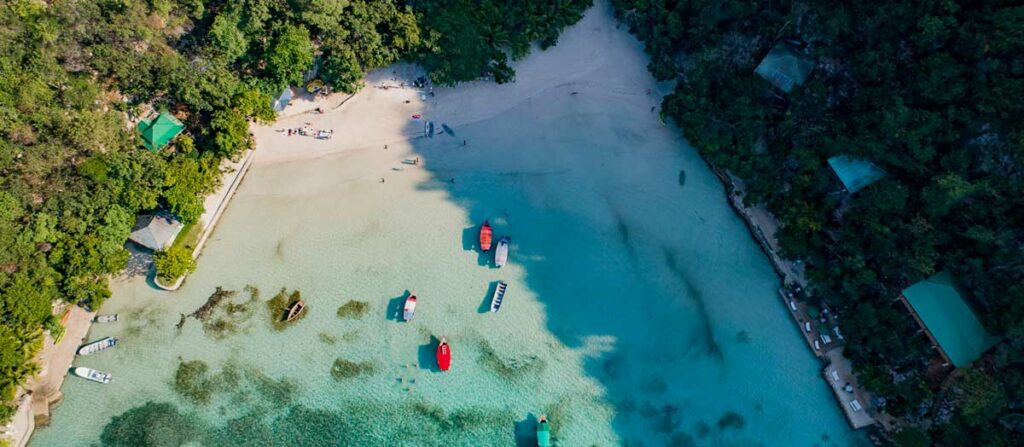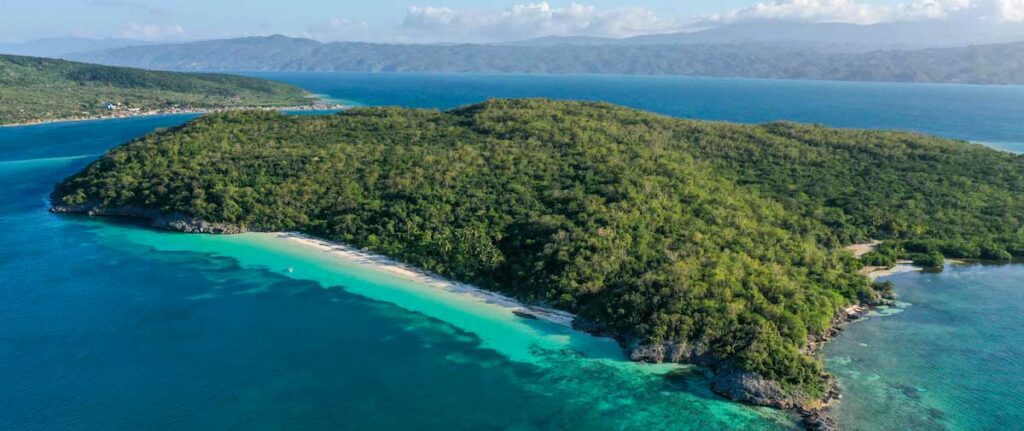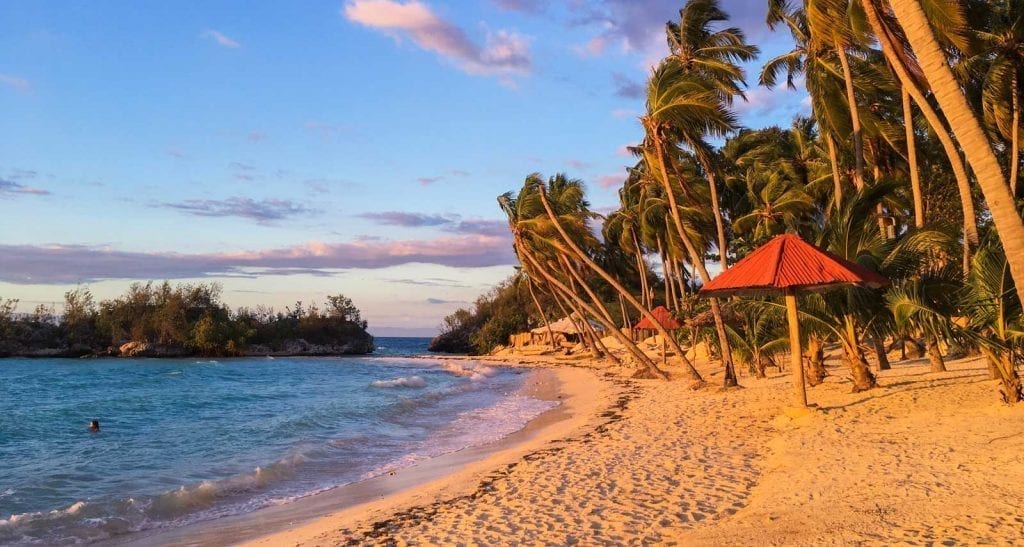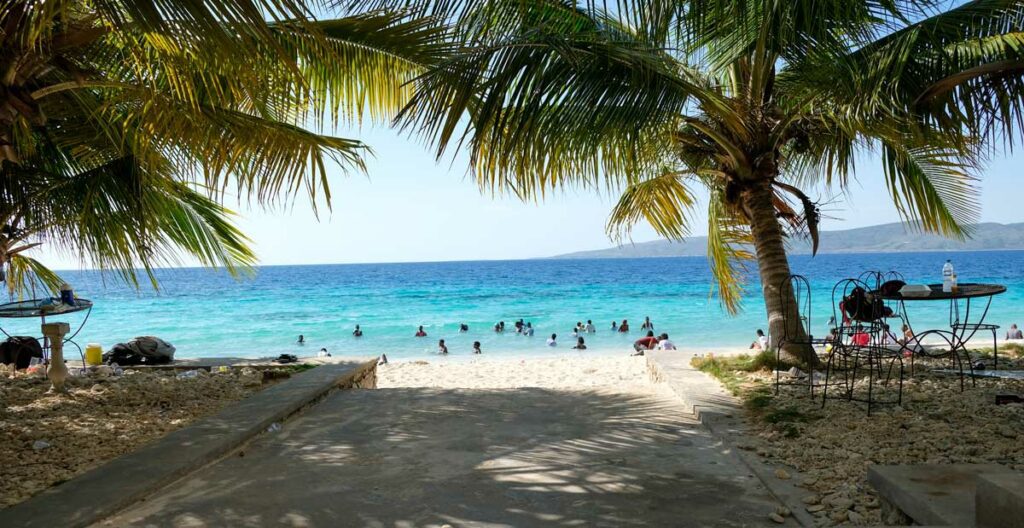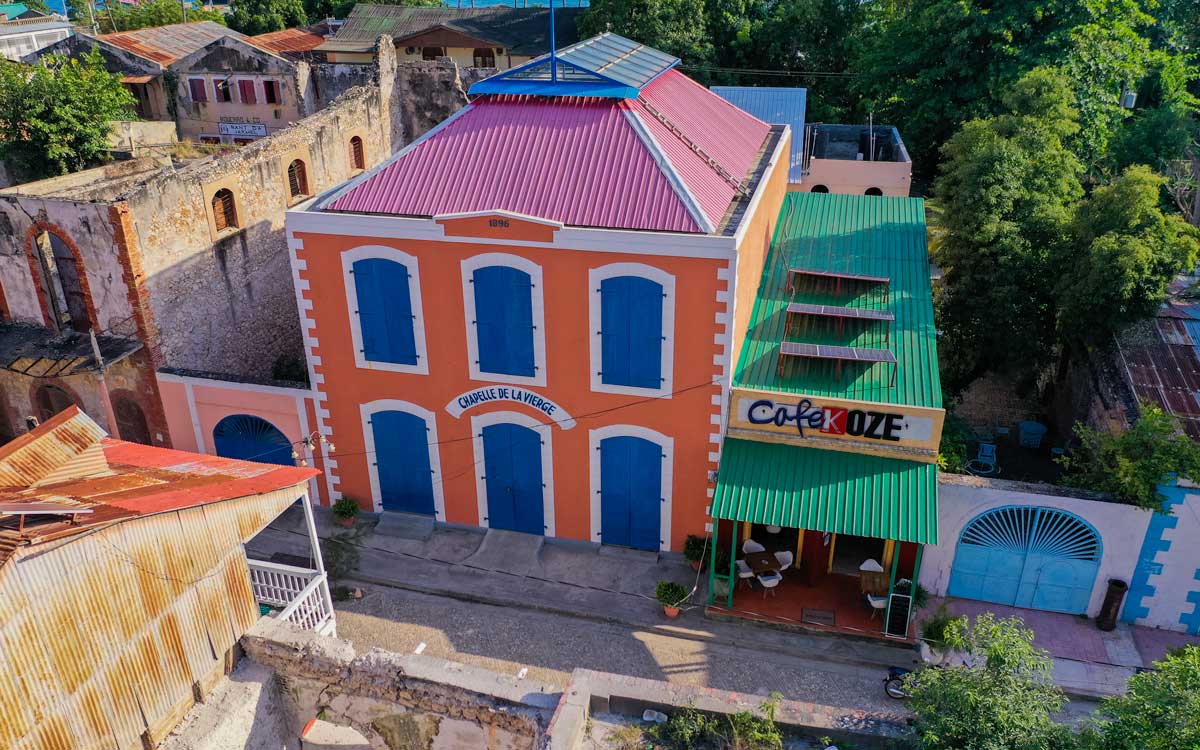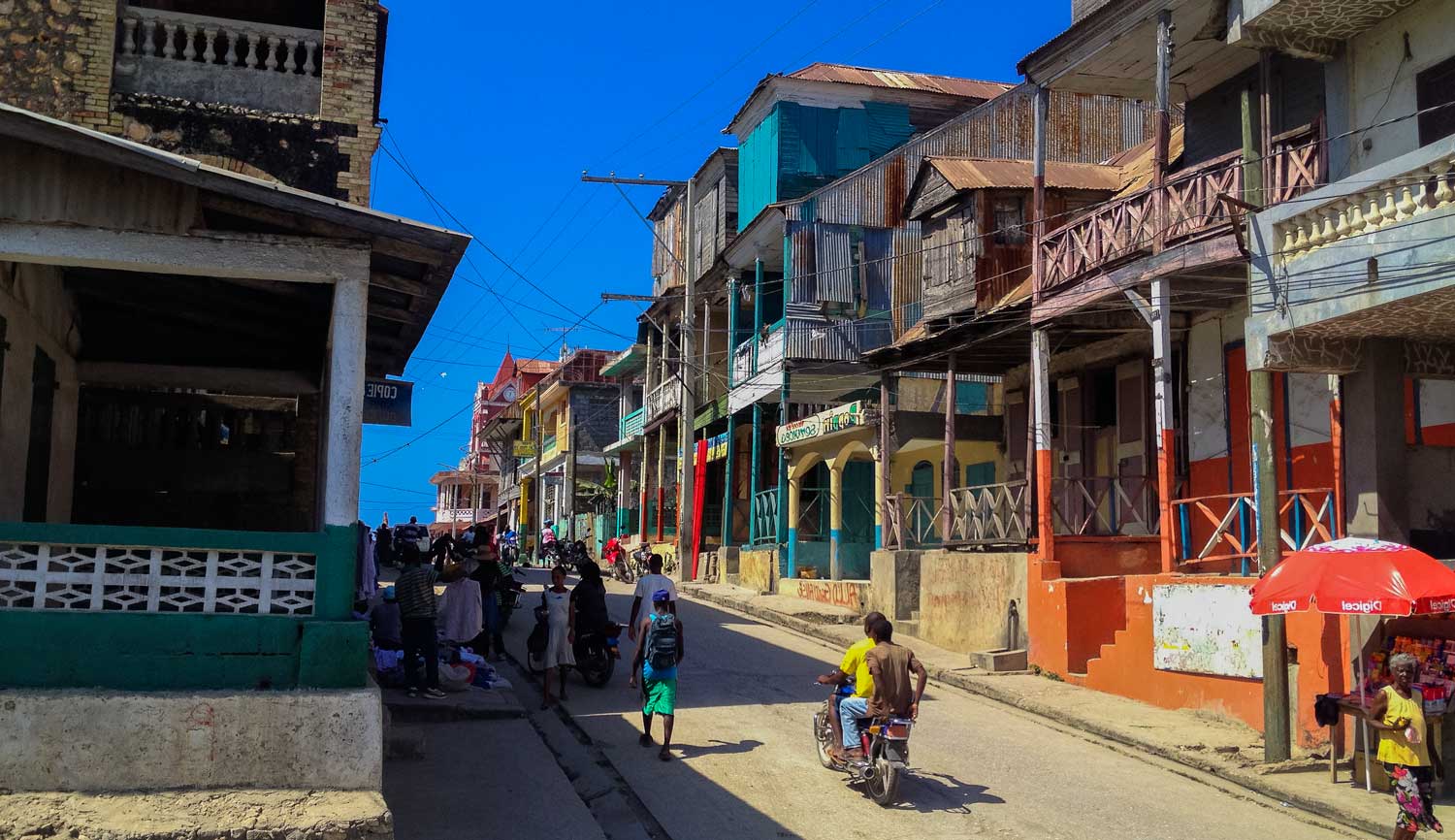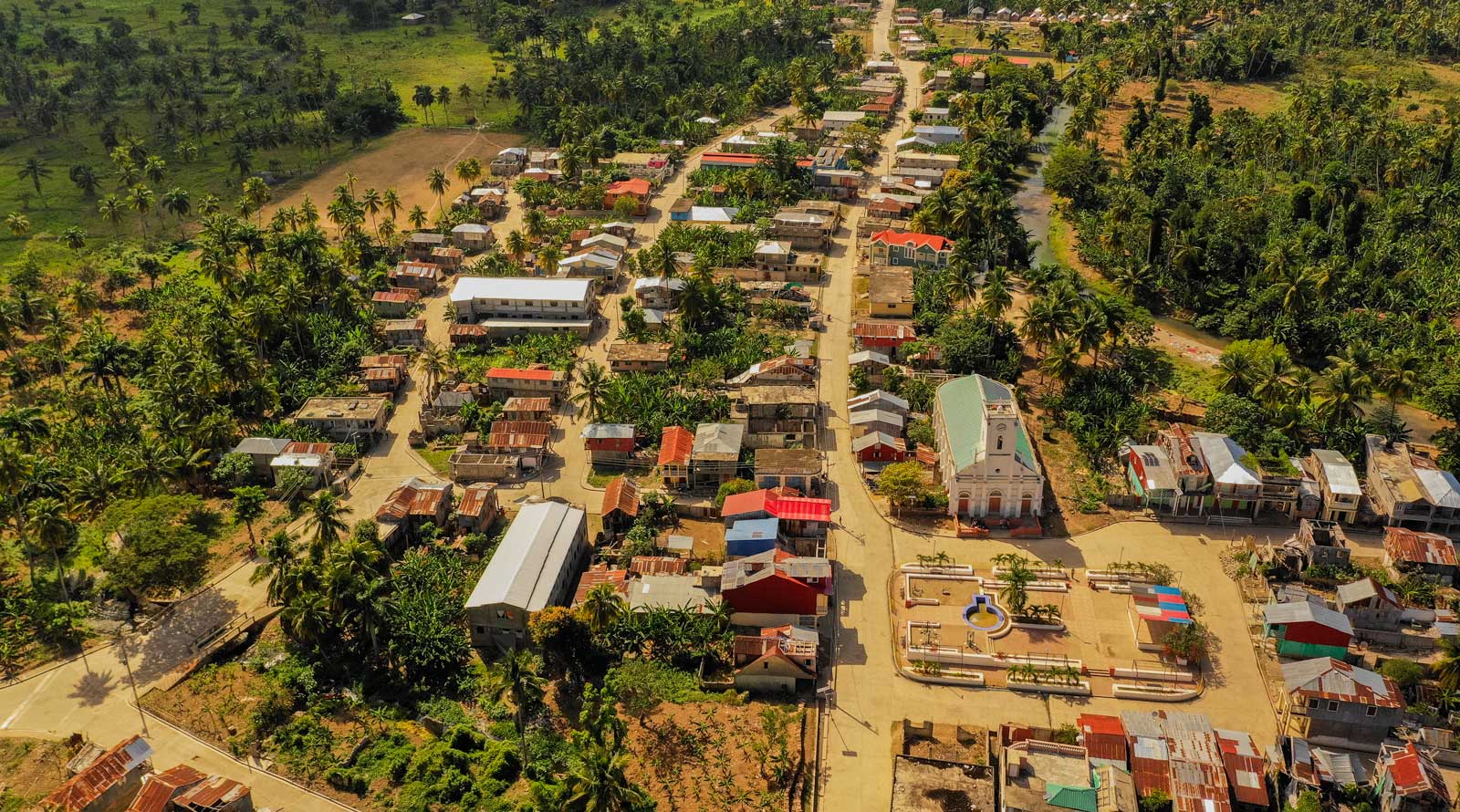
Photo: Anton Lau
Think You Know Haiti? These Six Cities Say Otherwise
Convinced Haiti is only Port-au-Prince? Time to rethink that. From coastal towns where sailboats still rule the horizon to cities steeped in revolutionary history, these six destinations show a whole new side of the country.
Most people only know Haiti by name—usually tied to its capital. Even those who visit often barely scratch the surface. They fly into Cap-Haïtien, hit the beaches, and leave thinking they’ve seen it all. But Haiti is so much more than its gateways.
Step beyond the usual stops, and you’ll find cities where history wasn’t just made—it’s still alive in the streets. Places where independence was declared, where Vodou rhythms beat through the night, where poets and novelists shaped a literary legacy, and where the air carries the scent of vetiver fields and sea salt.
From highland towns to coastal hideaways, these six Haitian cities invite you to go deeper—because to really understand Haiti, you have to explore it beyond the obvious.
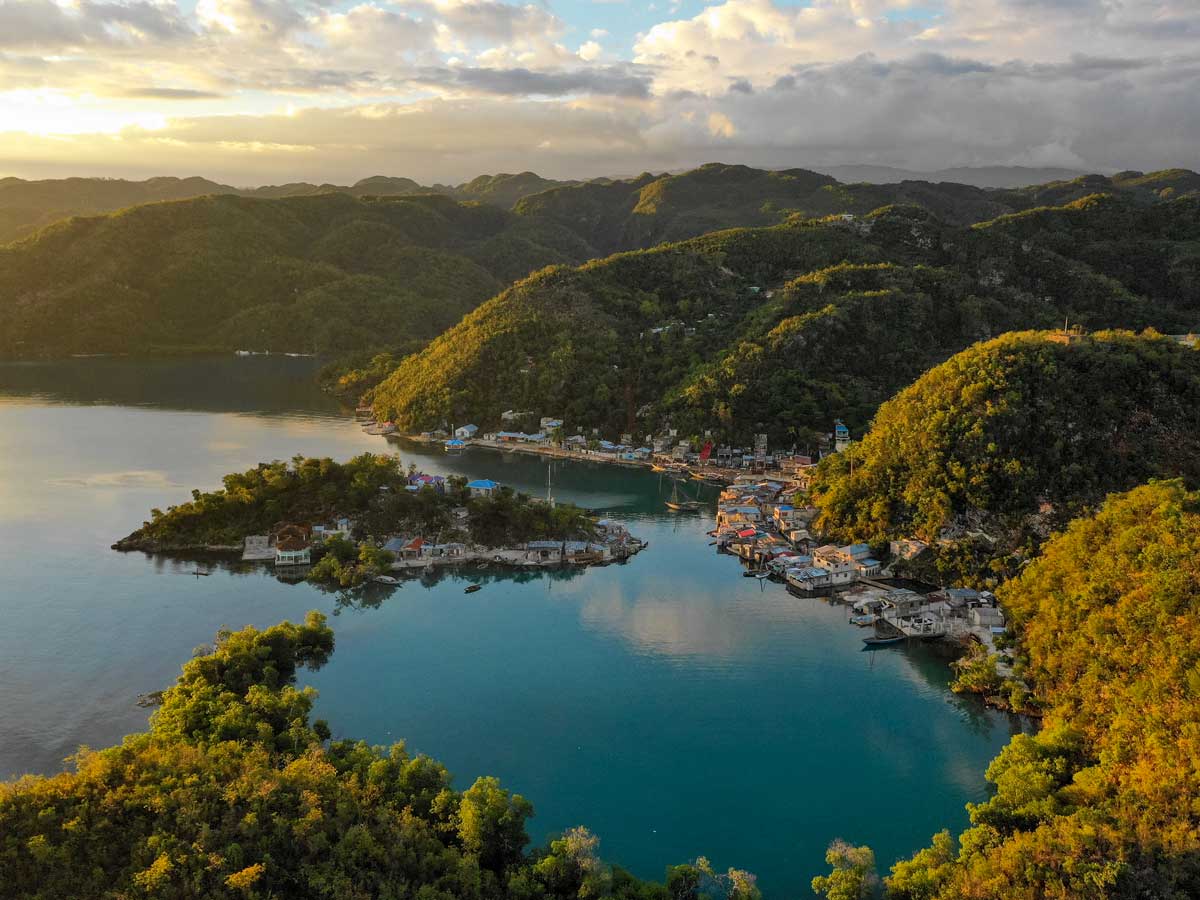
Photo: Mikkel Ulriksen
1. Pestel
If you’re the kind of traveler who dreams of off-the-grid escapes, Pestel is calling your name. Tucked away in the Grand’Anse region, this lush, untamed corner of Haiti is equal parts mountain retreat and coastal hideaway.
The town’s rust-red soil fuels a landscape of rolling hills, dense forests, and tropical fruit orchards, while just below, the Caribbean laps at the shore—a stunning contrast you won’t find just anywhere. It’s the kind of place where time slows down, perfect for long walks, boat rides, and evenings spent under a sky full of stars.
Looking for the best view in town? Hike up to Fort Réfléchi, an old fortress perched high above the coast. From here, you’ll get a breathtaking panorama of the Baradères Peninsula—the kind of view that makes you forget about Wi-Fi and city noise.
For an even wilder adventure, take a 20-minute boat ride to Petit Caymite, a tiny island just off the coast. Here, you’ll find Anse Blanche, one of Haiti’s most stunning yet lesser-known beaches. Powdery white sand, turquoise water, and zero crowds—this is the kind of place you’ll wish you could keep secret.
Insider tip: Pack sturdy shoes! Pestel’s best spots—whether up in the hills or down by the water—are best explored on foot.
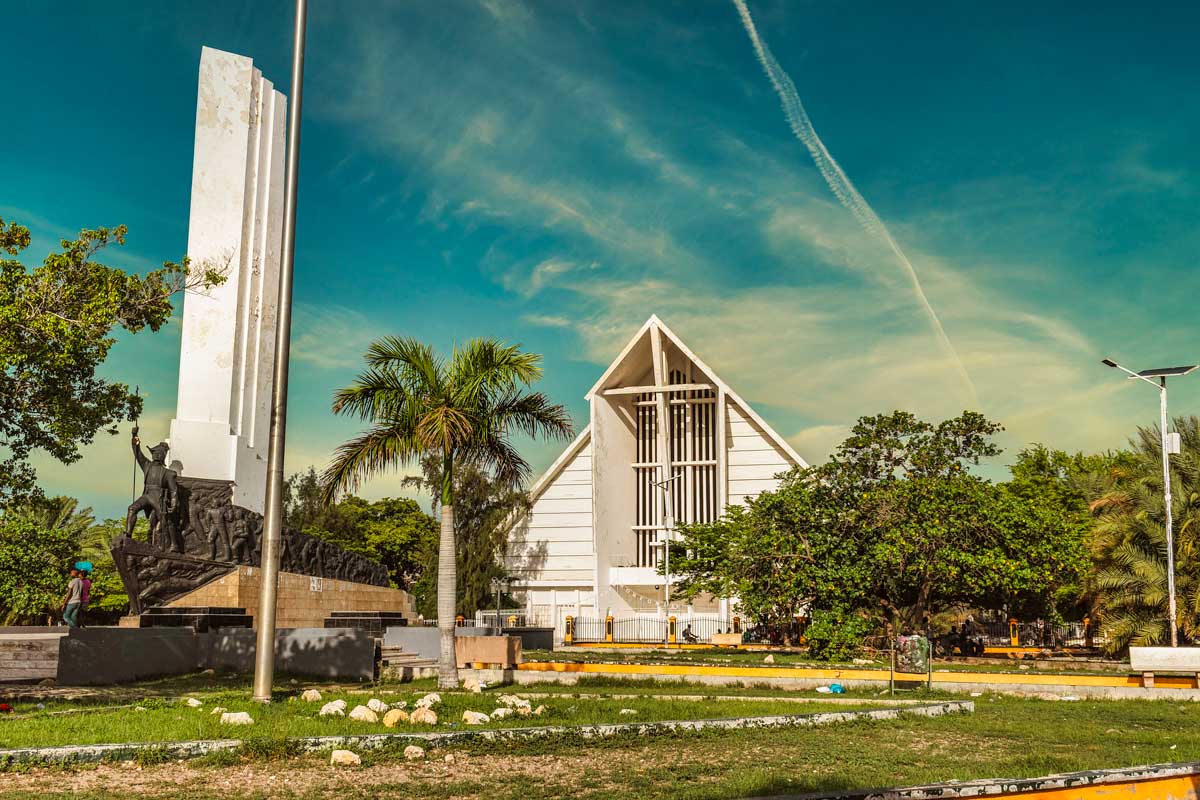
Photo: Jean Oscar Augustin
2. Gonaïves
Few cities can claim a title as grand as Gonaïves, Haiti’s Cité de l’Indépendance (City of Independence). It was here, on January 1, 1804, that Jean-Jacques Dessalines stood before the Haitian people and declared the nation’s independence, making Haiti the first free Black republic in the world.
You can still feel history in the air as you wander Place d’Armes, where statues of Haiti’s independence heroes stand tall. If you visit on New Year’s Day, expect parades, music, and steaming bowls of soup joumou—Haiti’s national dish, served in celebration of the country’s hard-won freedom.
But Gonaïves isn’t just about history—it’s also one of the best places to experience Haiti’s Vodou culture. The city is home to many lakou, traditional Vodou spiritual communities where drumming, rituals, and storytelling are woven into daily life. Two of the most famous, Lakou Souvenance and Lakou Soukri Danache, draw visitors and worshippers alike for their annual festivals, Vodou ceremonies and deep spiritual significance. If you’re curious, ask a local guide to arrange a visit—it’s an experience you won’t forget.
Insider tip: Stop by the Centre PEN Haïti, a cultural hub in Gonaïves that regularly hosts book signings, poetry readings, and literary events featuring some of Haiti’s most celebrated writers.
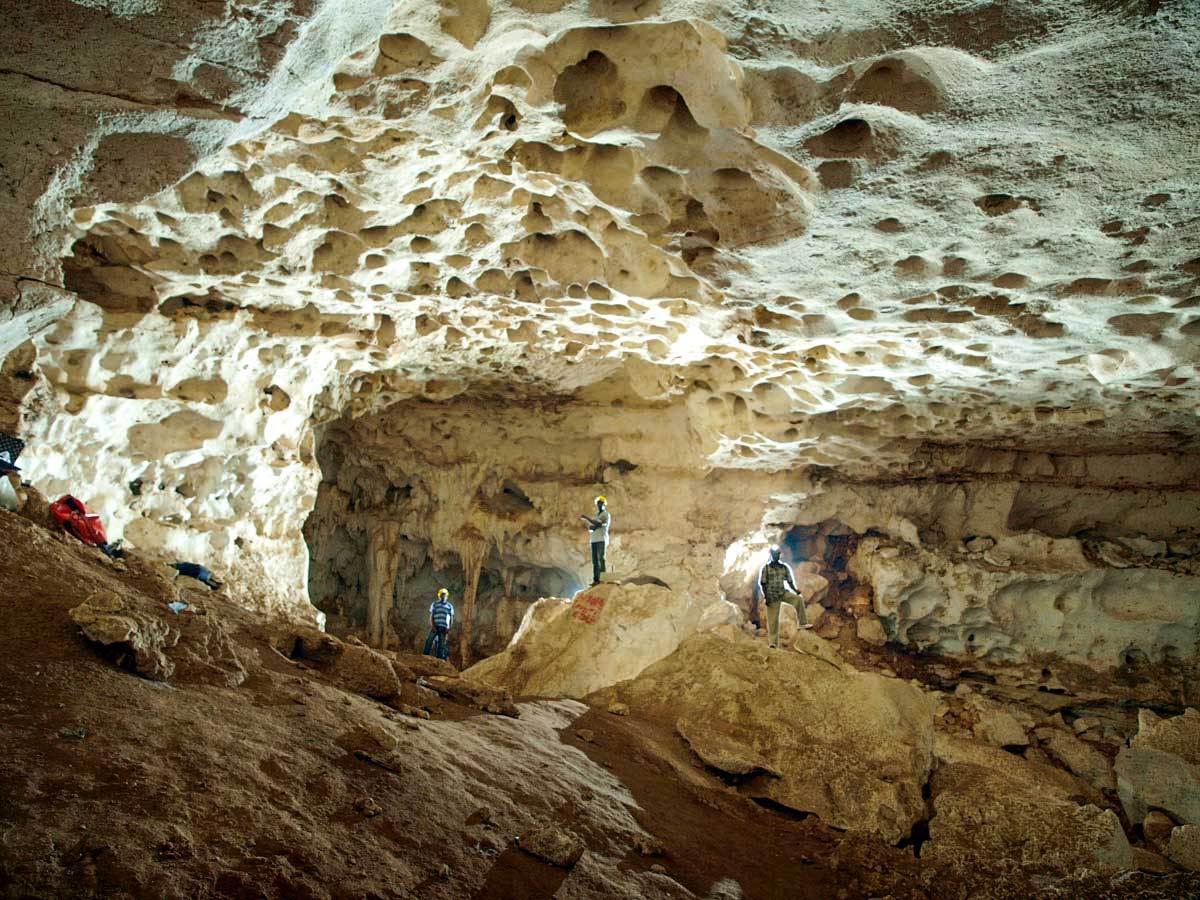
Photo: CavesOfHaiti.org
3. Port-à-Piment
Tucked along Haiti’s southwestern coast, Port-à-Piment is a town that offers far more than just sun and sand. Sure, the beaches here are stunning—think powdery white sand, turquoise waters, and a slow, easy pace—but if you’re the adventurous type, there’s something even more exciting waiting inland.
Welcome to Grotte Marie-Jeanne, the longest cave system in the Caribbean. This multi-level labyrinth of chambers and tunnels stretches nearly 4 kilometers underground, revealing stalactites, stalagmites, and ancient rock formations that feel straight out of an Indiana Jones movie. It’s one of Haiti’s most breathtaking natural wonders, and we even featured it in our roundup of the most beautiful destinations in Haiti. An essential stop for history buffs, thrill-seekers, and curious travelers
Back on the surface, the town is a classic Haitian fishing village, where life moves to the rhythm of the sea. Lobster, conch, and freshly caught fish are the stars of local cuisine, best enjoyed with a side of coconut water straight from the shell.
Insider tip: After exploring Port-à-Piment, make your way to Port-Salut, home to one of Haiti’s most spectacular beaches and a must-visit for sun-seekers.
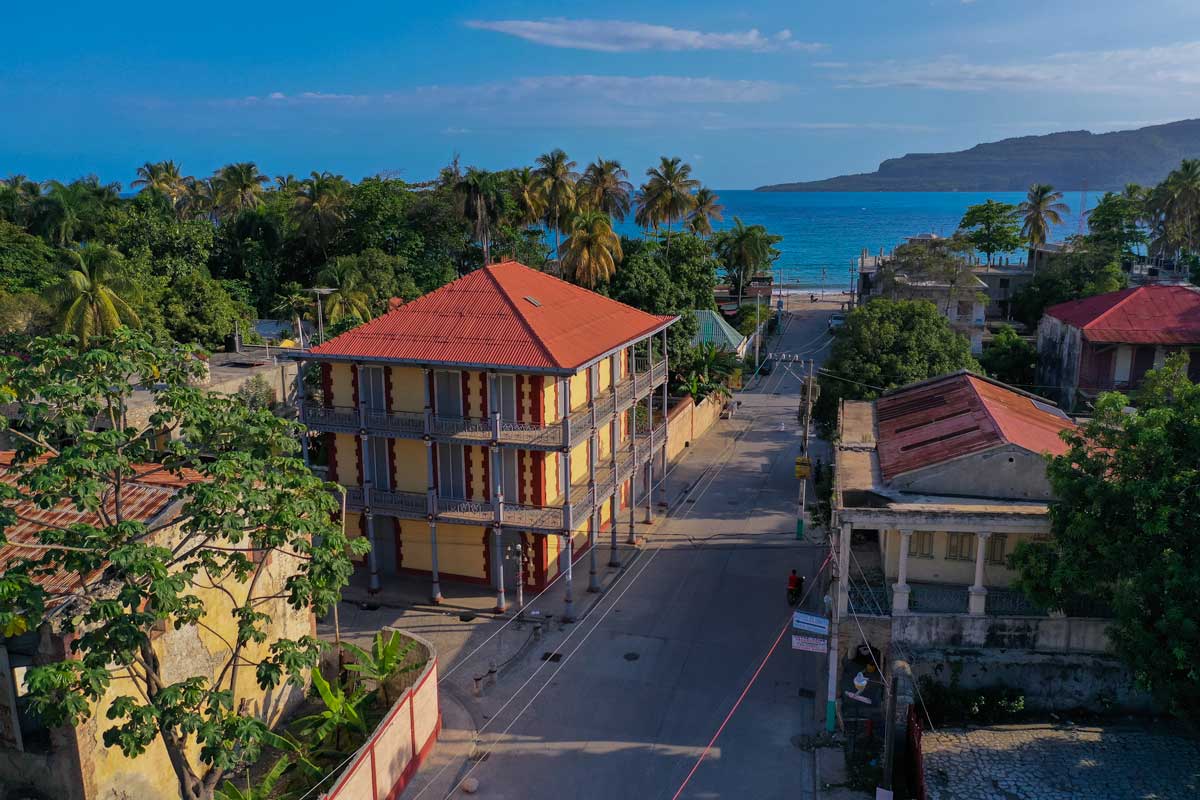
Photo: Anton Lau
4. Jacmel
If there’s one Haitian city that effortlessly blends history, artistry, and coastal beauty, it’s Jacmel. Known as the cultural capital of Haiti, this charming seaside town is a haven for artists, musicians, and free spirits—and it’s impossible to visit without being swept up in its creative energy.
Strolling through Jacmel’s historic downtown, you’ll find gorgeous 19th-century mansions with ornate wrought-iron balconies, a legacy of the city’s once-booming coffee trade. But the real magic is in the details: murals, mosaics, and colorful street art that turn the entire town into an open-air gallery.
Jacmel is also home to Haiti’s most famous carnival, a spectacle of elaborate papier-mâché masks, hypnotic drumbeats, and vibrant dancing. If you’re lucky enough to visit during the festivities, prepare for a celebration like no other.
Need a break? Stop by Café Koze, a cozy little spot on Rue du Commerce for a light lunch, iced coffee, or a glass of fresh juice. Grab a seat outside, watch the world go by, and soak in the rhythm of daily life in Jacmel.
Then, wander through the city’s quiet side streets, past sun-faded facades and hidden courtyards, where every turn feels like stepping into another era.
Insider tip: Want to bring a piece of Jacmel home with you? Stop by one of the city’s many artisan workshops to pick up a handmade papier-mâché mask—a true piece of Haitian culture.
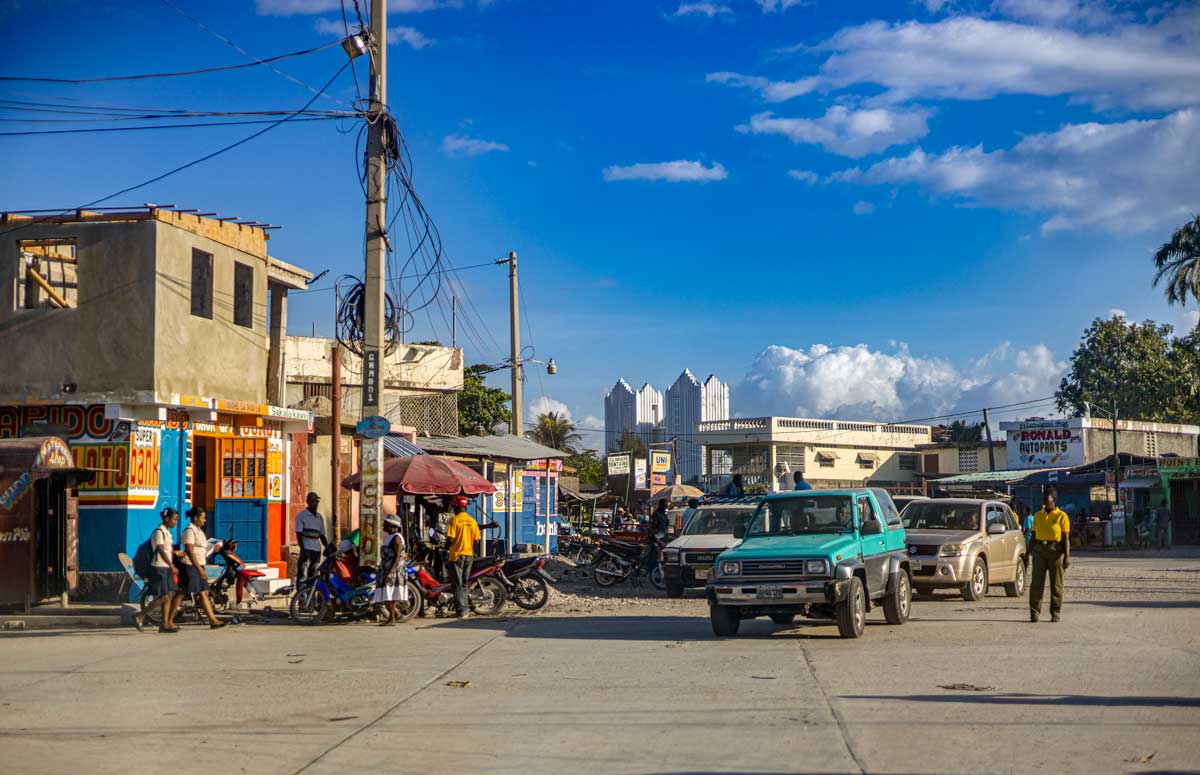
Photo: Dyerlin Delva
5. Les cayes
With its laid-back coastal vibe and strong maritime culture, Les Cayes is one of Haiti’s most charming port cities. This southern gem is famous for Gelée Beach, where locals and visitors alike gather to enjoy soft golden sands, fresh seafood, and the rhythmic beats of konpa music drifting from seaside restaurants. Order a plate of grilled lobster or fried fish, sip on an ice-cold bottle of Prestige or a glass of fiery kleren, and let the ocean breeze do the rest.
But Les Cayes isn’t just about lazy beach days—it’s also a gateway to some of Haiti’s most stunning natural wonders. A short drive from the city takes you to Saut-Mathurine, the largest waterfall in southern Haiti. Hidden in the lush hills of Camp-Perrin, its cool turquoise waters make it an irresistible spot for a refreshing swim after a day of exploring.
One of the things that makes Les Cayes truly unique? Its scent. The region is Haiti’s hub for vetiver production, a fragrant grass used in some of the world’s most luxurious perfumes. The city is home to massive distilleries that extract this highly sought-after essential oil, and you’ll see huge trucks piled high with freshly harvested vetiver rolling through town. The result? An earthy, intoxicating aroma that lingers in the air—an unmistakable signature of Les Cayes.
If you’re up for an adventure, take a boat from Les Cayes to Île-à-Vache, a breathtaking island just off the coast, where hidden coves and pristine beaches create a paradise for off-the-grid travelers.
Insider tip: If you visit in August, don’t miss the Festival de Gelée, a massive celebration of food, music, and Haitian culture that transforms the beach into a buzzing party scene.
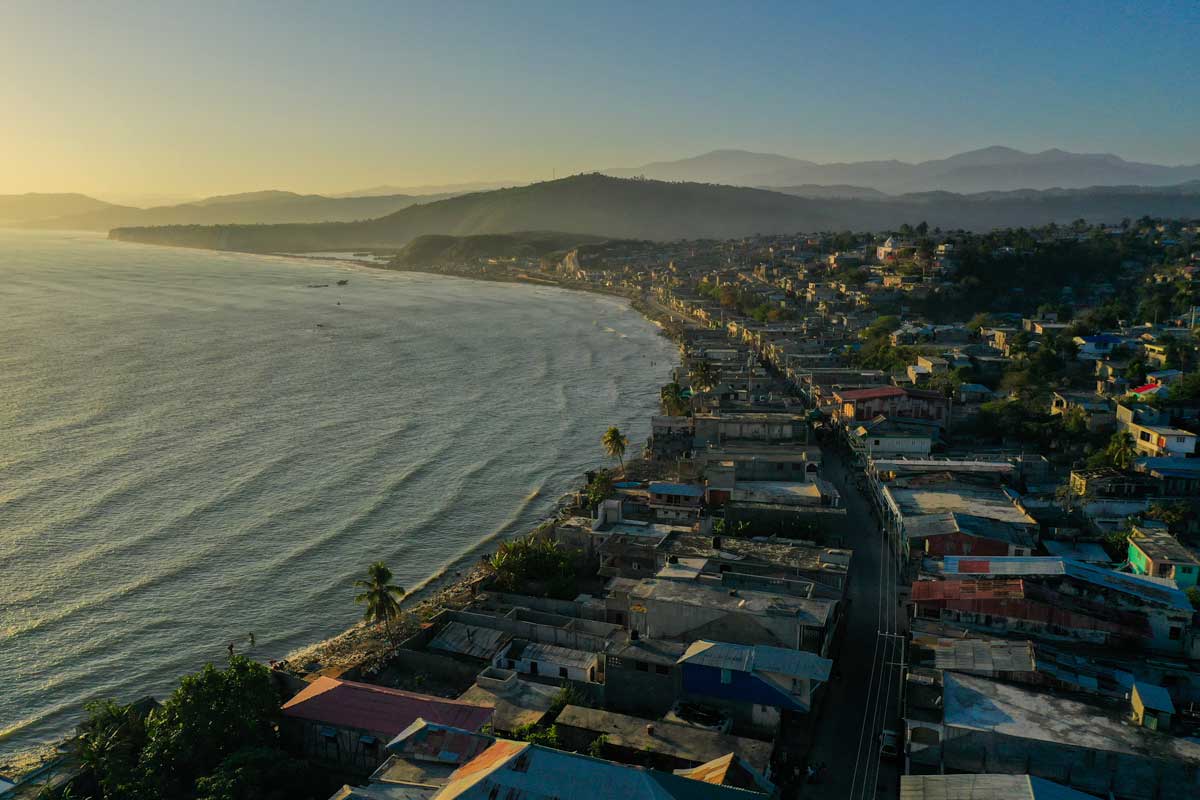
Photo: Anton Lau
6. Jérémie
Jérémie has long been called the “Cité des Poètes” (City of Poets)—and for good reason. This charming coastal town is the birthplace of Etzer Vilaire and Émile Roumer, two of Haiti’s most celebrated writers. It’s also where General Thomas-Alexandre Dumas, father of French writer Alexandre Dumas, père, was born—tying this quiet Haitian town to the literary legacy of The Three Musketeers. (Want more surprising facts about Haiti? We cover this and more in our Fun Facts About Haiti article!)
Jérémie greets visitors with the Grande-Anse River, which runs beneath Pont de Jérémie, the city’s entrance. Beyond the bridge, you’ll find Haiti’s breadbasket—lush farmland bursting with plantains, yams, sweet potatoes, and breadfruit.
This deep connection to the land extends to its food. Locals swear by tomtom, a sticky breadfruit purée best paired with okra sauce, and konparet, a spiced, slightly sweet bread you’ll find in bakeries all over town—perfect for a quick snack on the go.
For those looking to explore, Anse d’Azur offers soft sand and clear waters far from the crowds, while the surrounding hills are a paradise for hikers and birdwatchers. (Spotting a rare species? Check out our guide to Haitian birds to see what you found!)
Jérémie was once one of Haiti’s most remote cities, its rough roads keeping it cut off from the rest of the country. Today, it’s easier to reach—but still holds onto the slower rhythms, creative energy, and natural beauty that make it feel like a world of its own.
Insider tip: In the afternoon, head to the docks to watch the wooden sailboats glide in and out—a tradition that has connected Jérémie to the rest of Haiti for generations.
Written by Melissa Beralus.
Published March 20205.
Where to Next? More Haitian Destinations Await

Paradise for your inbox
Your monthly ticket to Haiti awaits! Get first-hand travel tips, the latest news, and inspiring stories delivered straight to your inbox—no spam, just paradise.






